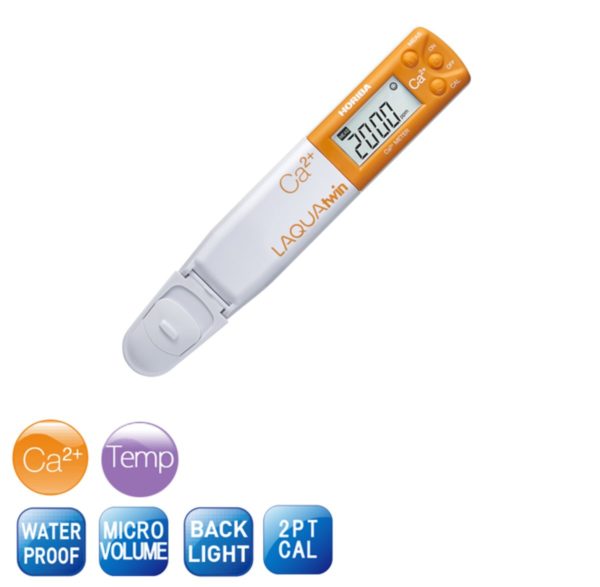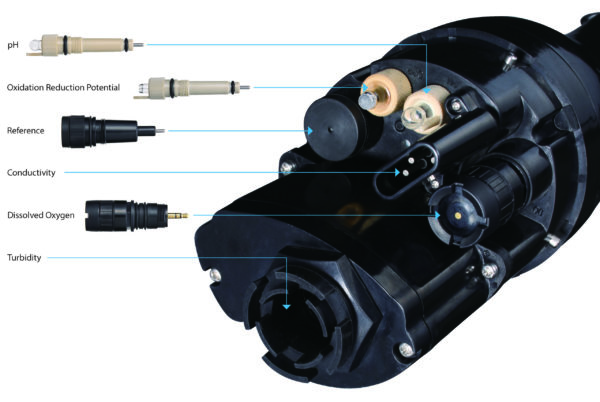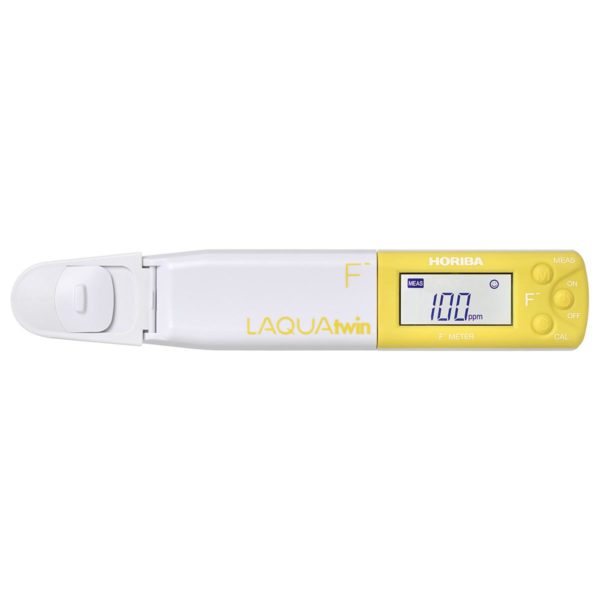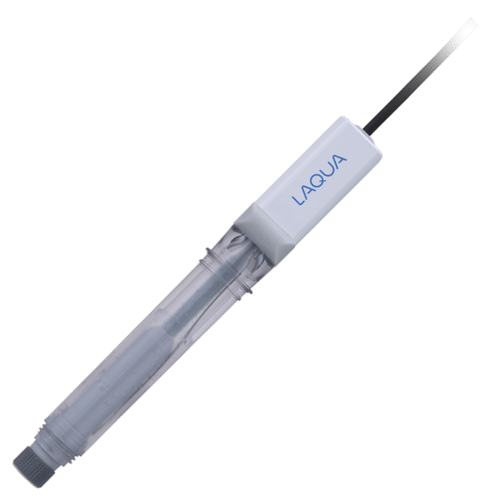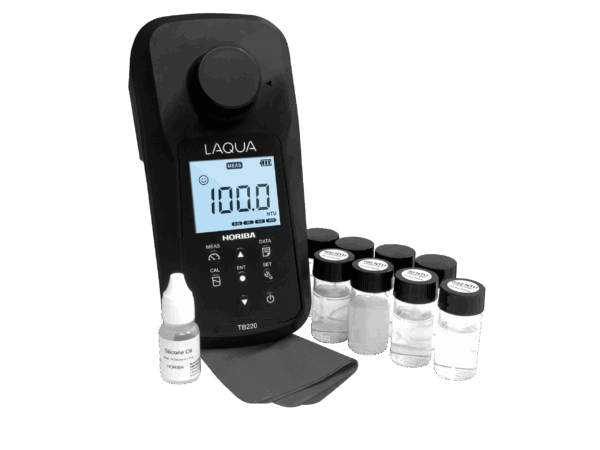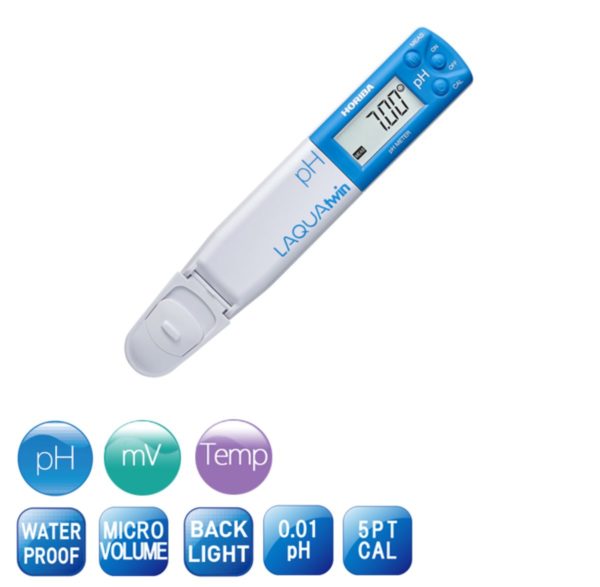 In environmental science, pH meters are indispensable tools used to measure the acidity or alkalinity of a solution. They are pivotal in various fields such as water quality monitoring, agriculture, aquaculture, and industrial processes. This blog delves into the different types of pH meters available and their specific applications in various environmental contexts.
In environmental science, pH meters are indispensable tools used to measure the acidity or alkalinity of a solution. They are pivotal in various fields such as water quality monitoring, agriculture, aquaculture, and industrial processes. This blog delves into the different types of pH meters available and their specific applications in various environmental contexts.
Types of pH Meters
- Compact/Handheld pH Meters:
- Description: Compact, portable devices designed for quick, on-site measurements.
- Key Features: Battery-operated, digital display, user-friendly interface.
- Applications: Ideal for fieldwork in agriculture, hydroponics, and aquariums. They are also used by hobbyists for testing water in fish tanks or home brewing setups.
- Benchtop pH Meters:
- Description: Larger, more sophisticated meters intended for laboratory use.
- Key Features: High precision, multiple calibration points, temperature compensation, data logging capabilities.
- Applications: Used in research laboratories, educational institutions, and industrial quality control labs. They are essential for detailed analysis and experiments requiring high accuracy.
- Soil pH Meters:
- Description: Specifically designed to measure the pH of soil.
- Key Features: Probes that penetrate soil, moisture and temperature readings, portable design.
- Applications: Crucial for agriculture and horticulture to optimize soil conditions for plant growth. They help farmers and gardeners make informed decisions about soil amendments and crop selection.
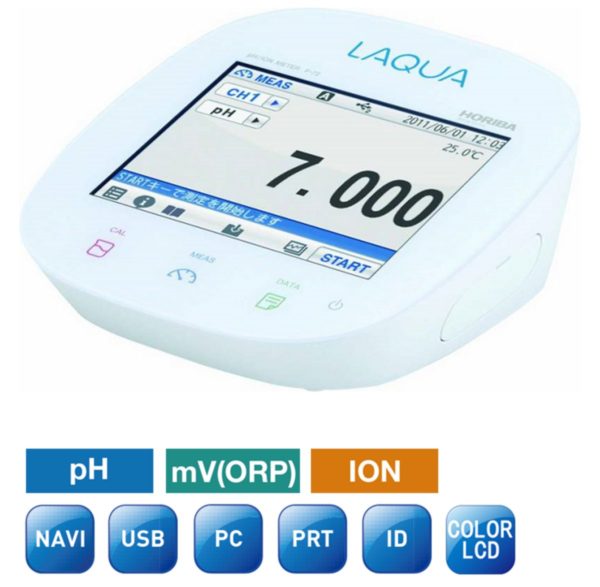
Environmental Applications
- Water Quality Monitoring:
- Importance: Maintaining appropriate pH levels in natural water bodies is crucial for aquatic life and ecosystem health.
- Tools Used: Compact/handheld pH meters for spot checks and in-line pH meters for continuous monitoring in rivers, lakes, and reservoirs.
- Agriculture and Soil Management:
- Importance: Soil pH affects nutrient availability and microbial activity, influencing crop yield and quality.
- Tools Used: Soil pH meters to assess and adjust soil conditions, ensuring optimal growing environments for various crops.
- Aquaculture:
- Importance: Fish and other aquatic organisms thrive within specific pH ranges. Deviations can lead to stress or mortality.
- Tools Used: Handheld pH meters for regular water checks.
- Industrial Processes:
- Importance: Many industrial processes, such as chemical manufacturing and food production, require precise pH control for product quality and safety.
- Tools Used: Benchtop pH meters for laboratory analysis.
Conclusion
pH meters play a vital role in a broad spectrum of environmental applications. From ensuring the health of aquatic ecosystems to optimizing agricultural productivity and maintaining industrial process integrity, these devices provide crucial data that informs decision-making and promotes sustainability. Selecting the appropriate type of pH meter for the specific application ensures accurate measurements and reliable results, ultimately contributing to better environmental management and stewardship.

